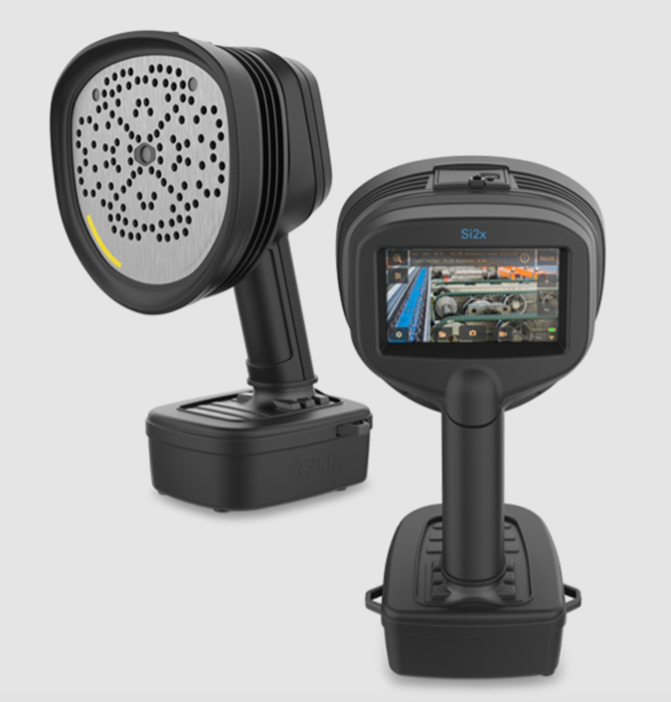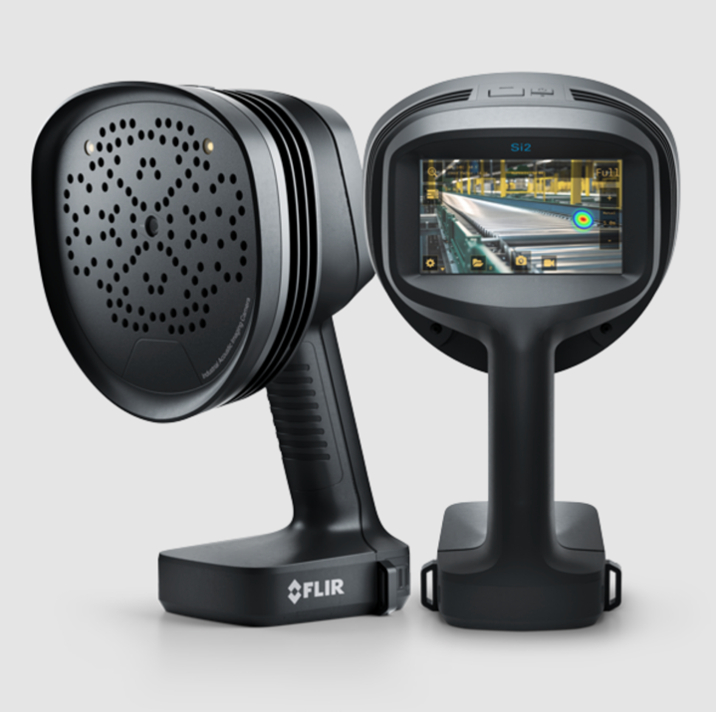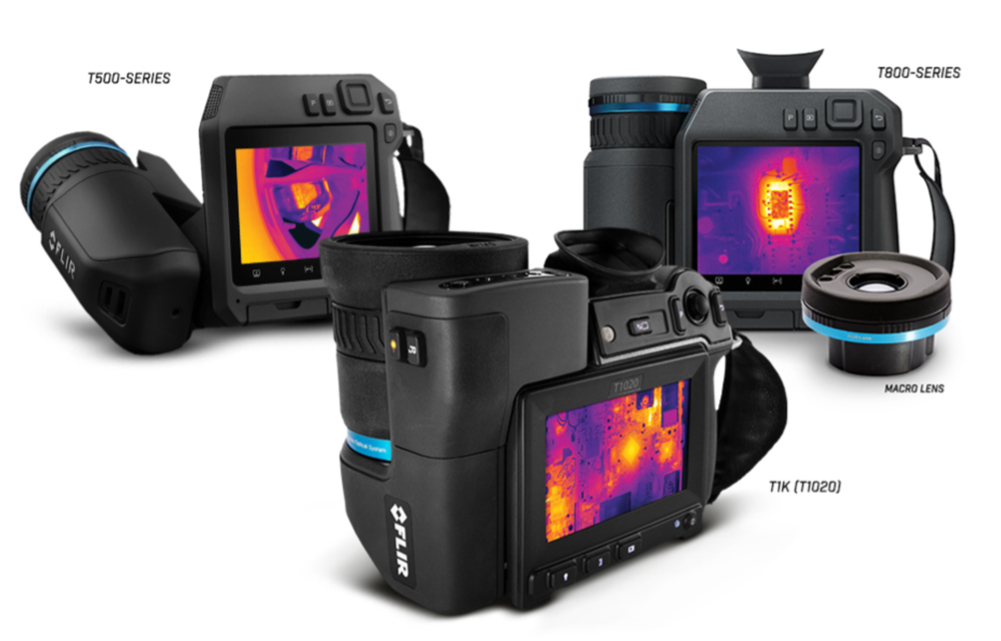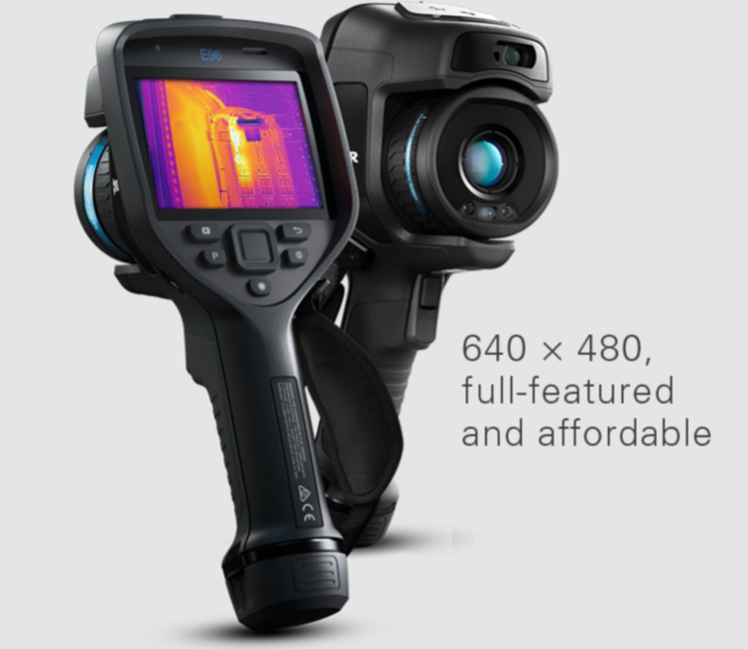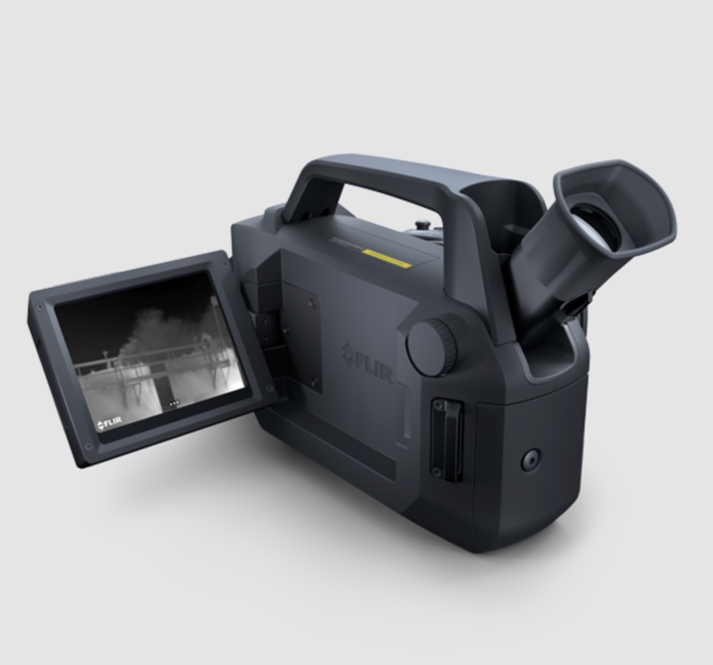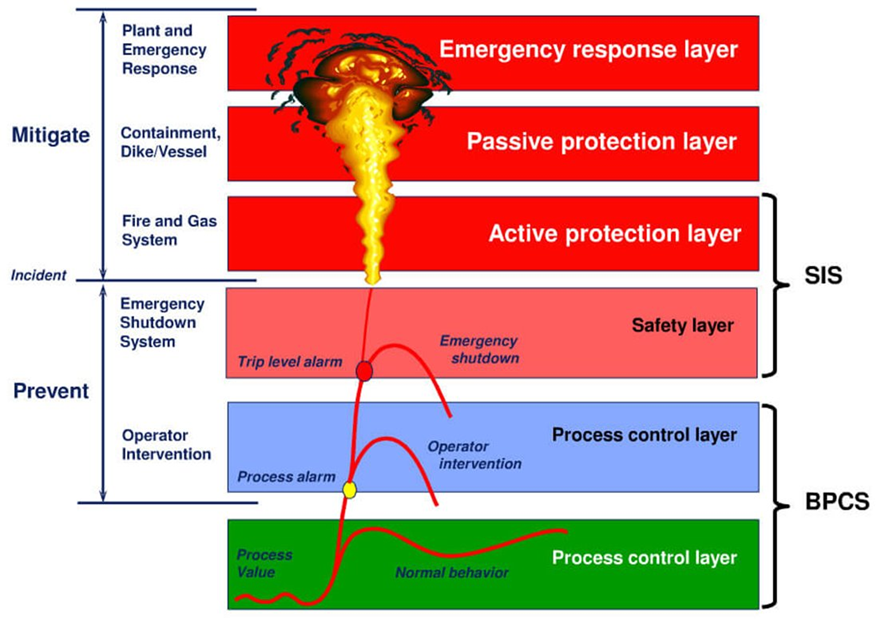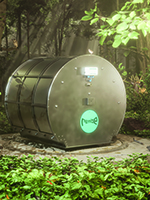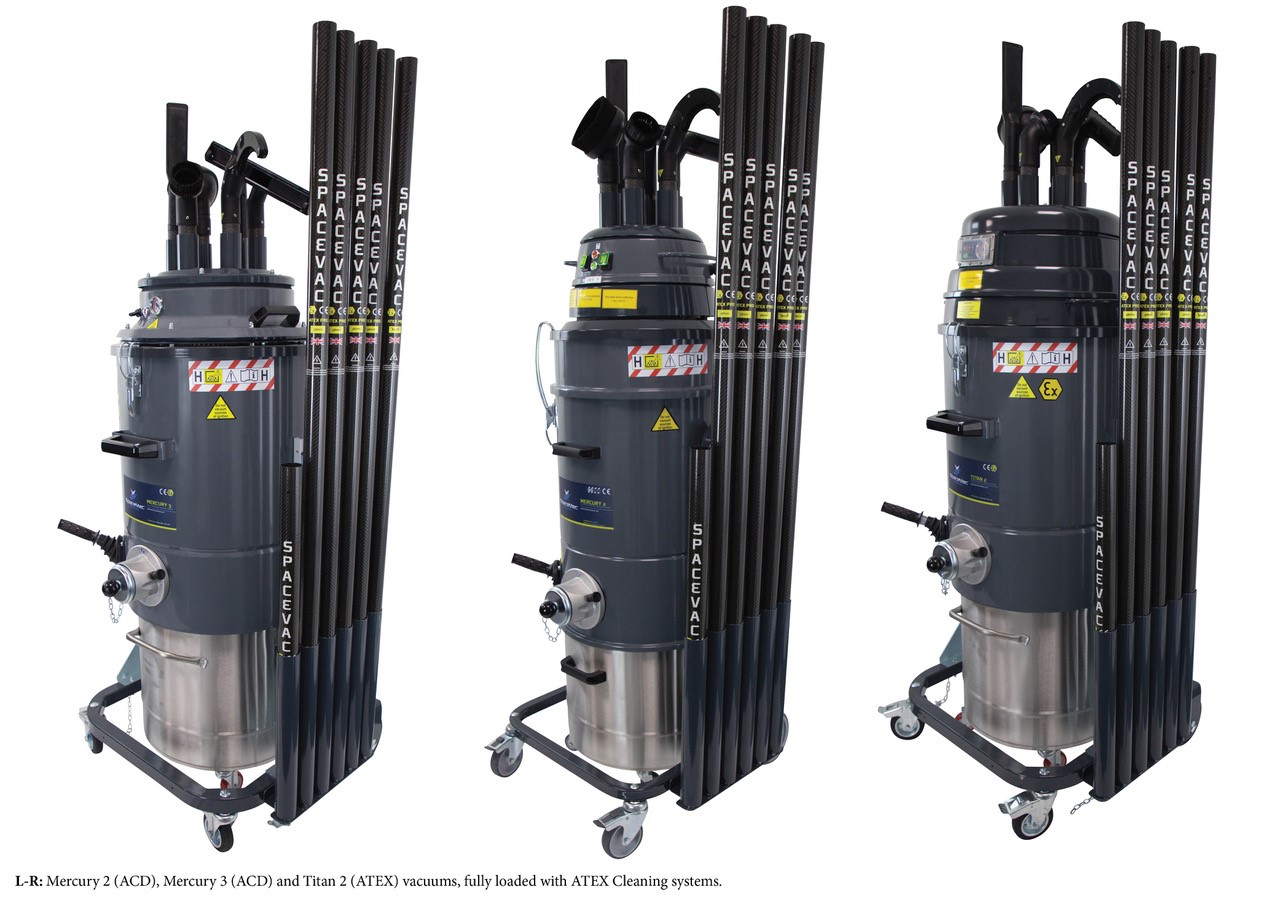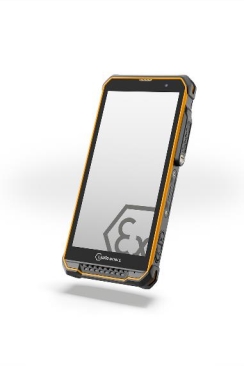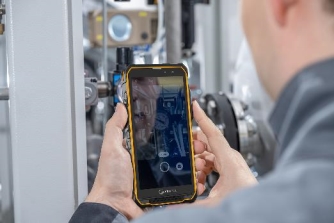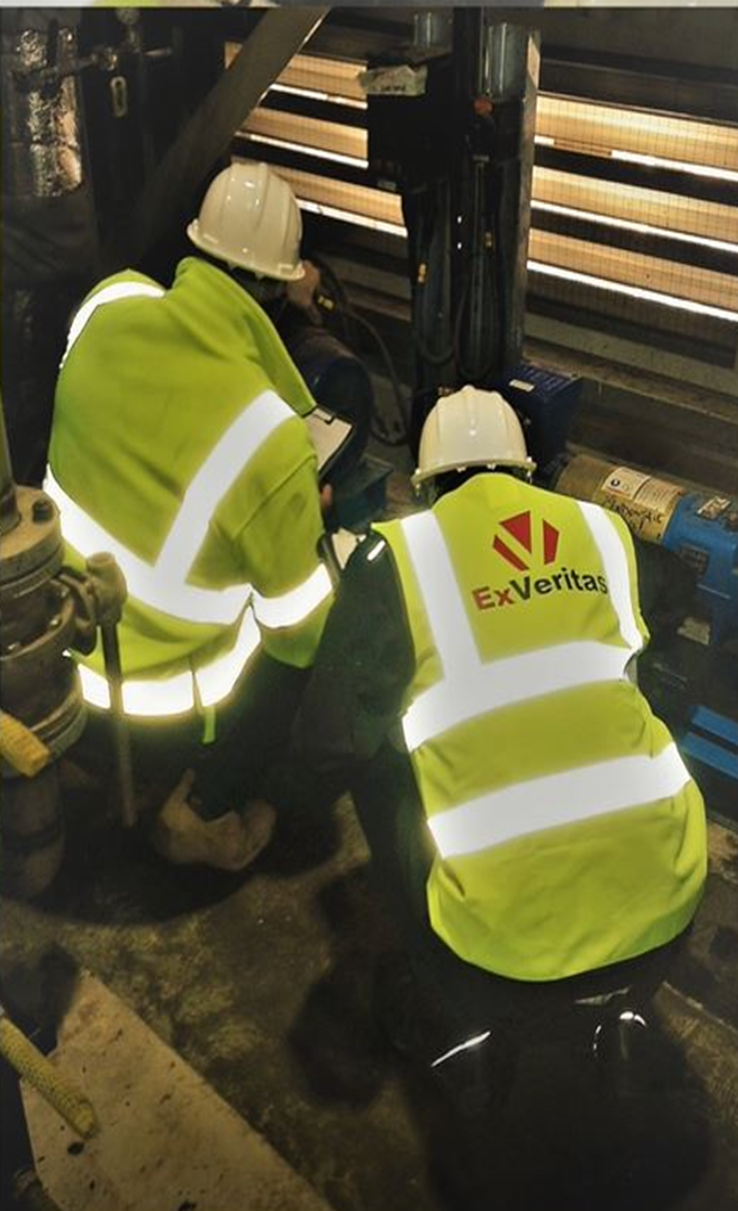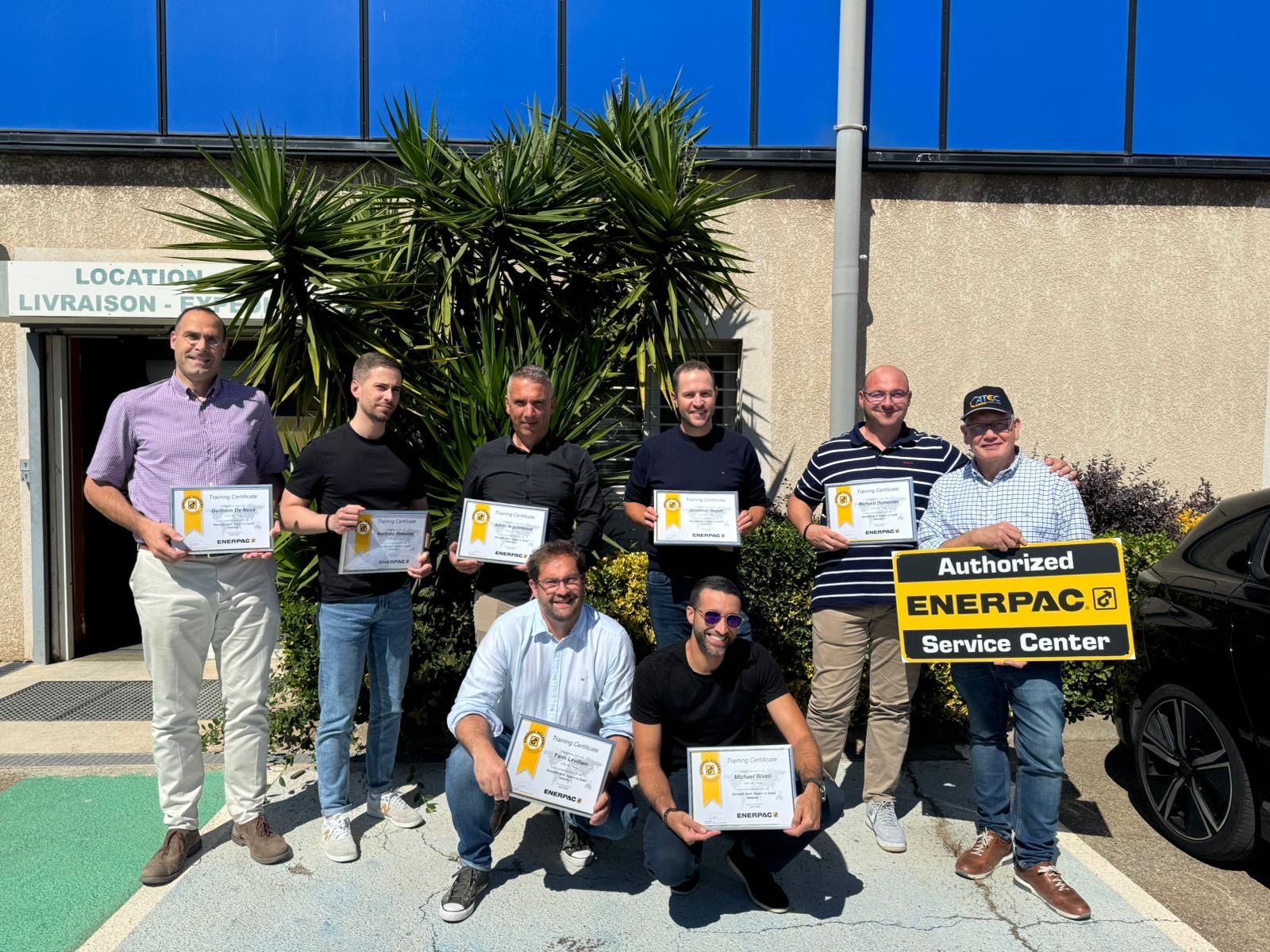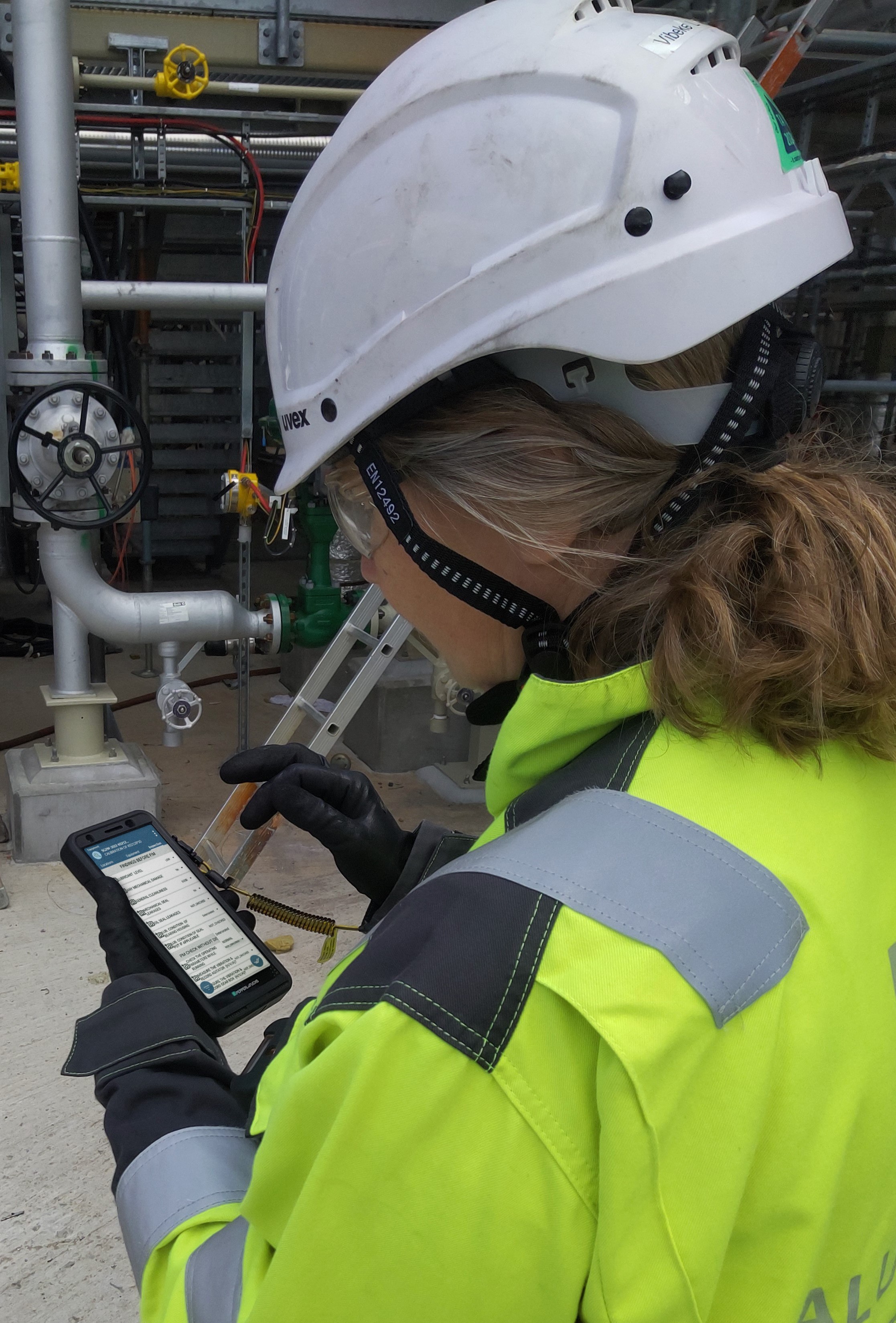
Kalundborg Refinery, Denmark’s largest energy park, is located in the northwest of the Zealand peninsula. Every year, it processes around 5.5 million tons of crude oil, condensate, and raw materials. This industrial environment places special demands on the communication devices used. For communication, maintenance, and inspection in the field, the energy park staff relies on intrinsically safe mobile devices from Pepperl+Fuchs. The previous stock of Ex-Handy 10 and Smart-Ex® 02 will now be gradually replaced by the 5G-capable Smart-Ex® 03 smartphone to drive digitalization.
For years, Kalundborg Refinery in Denmark, part of the Klesch Group, has been relying on the expertise of Pepperl+Fuchs and its subsidiary brand ECOM Instruments. Pepperl+Fuchs supports Kalundborg's digitalization initiatives with special mobile devices certified for use in hazardous areas. The refinery's mobile workers currently use over 100 Ex-Handy 10 and Smart-Ex® 02 devices. The tasks include various inspection tasks, machine data collection, adherence to safety and compliance regulations as well as evaluation of plant integrity and service life. For a long time, the associated processes were paper-based and therefore prone to errors.
From paper-based to digital processes
To further digitalize the processes at Kalundborg, the hardware was to be brought up to the state of the art. Right from the start of the project, it was clear that the solution should depend on other internal company databases and ERP systems as little as possible. The goal was to keep the entry barrier low and the implementation period ambitiously short, while at the same time meeting the requirements for the next digitalization stage and the needs of mobile workers. Therefore, one of the most important criteria for new end devices was that they had future-proof technology such as 5G and a high-quality, high-performance camera. When the Kalundborg team evaluated the first demo devices of the Smart-Ex® 03, it quickly became clear that the new solution should be built around the 5G-capable Android smartphone with all its advantages, including usability.
In search of the right platform for their digitalization project, Kalundborg evaluated various software solutions. It turned out that some solutions would have required a lot of time to implement the digitalization project. The Kalundborg team opted for a solution from the Danish provider Azenzus. It is quick and easy to implement within a manageable project timeframe, easy to use, optimizes the existing data handling, and takes asset management to a new level.
From planning to implementation
Originally, the project plan envisaged that all processes and data would also be available in paper form in case problems arose during the turnover. In February 2024, however, the team decided to take the plunge and go fully digital. Initially, 20 Smart-Ex® 03 smartphones were used to equip all involved personnel, including the external employees who were hired for the start-up phase. Later, 25 additional devices were added.
The devices were set up with the necessary software and access settings in advance. The onboarding of 17 inspectors took just five hours – a process that previously lasted around three to five days. With the Smart-Ex® 03, the employees finally had digital access to all the information they needed.
Pro: usability
A peculiarity at Kalundborg is that the future users were actively and deeply involved in the selection of the end devices and had a say in the process. If they had not been satisfied with the hardware or software, alternatives would have been sought. It was therefore important that the Smart-Ex® 03 met the requirements of the mobile workers to their full satisfaction. The camera's performance was the top priority to properly fulfill all documentation and scanning tasks. The camera's macro function proved particularly impressive during the implementation phase.
The camera's suitability for everyday use in the harsh refinery environment was also important. The smartphone impressed the team with its robustness, withstanding drops and bumps without any problems. With its size of six inches, the Smart-Ex® 03 can also be easily stowed in work clothing pockets and does not restrict mobile workers. The glove mode, pen, and speech-to-text functionality make the smartphone easy to use even in harsh conditions, which was well received by Kalundborg's employees right from the start. Kalundborg's IT department also confirmed this impression, as the Android operating system and Android Enterprise Recommended certification made it very easy to set up and manage the devices via a device management system.
Into the digital future with the Smart-Ex® 03
The Smart-Ex® 03 is the breakthrough for digitalization projects at Kalundborg Refinery. Its size and usability remove entry barriers for end users.
Other applications that benefit from the smartphone's powerful hardware are also already being evaluated at Kalundborg. Thanks to 5G support, access to additional applications is possible in the field. The use of augmented reality applications and AI functions, for example for the automatic identification of tools or parts, is also currently being examined.
A major focus is on applications for change identification. These allow inspectors to scan locations or objects with the camera and automatically detect differences to a previous scan. This means that any damage or other deviations from the normal condition of a system or object can be identified immediately and repair measures initiated.
The digitalization measures at the energy park were so successful that the solution will now serve as a prototype for further digitalization measures at other sites.
Strong partners for strong solutions
Pepperl+Fuchs offers its customers not just products, but a comprehensive package. Companies receive the hardware and matching accessories together with the desired pre-configuration. Continuous and close cooperation with partners ensures that the implementation runs smoothly. This not only saves customers time, but also nerves and, above all, costs.
Customers also benefit from the numerous certifications and local type approvals that Pepperl+Fuchs products offer. Especially in demanding environments such as a refinery, the devices used must be robust, resistant, and reliable. Pepperl+Fuchs, with many years of experience of its subsidiary ECOM Instruments in the field of explosion-protected devices, attaches particular importance to the development of products that meet these requirements. The Smart-Ex® 03, for example, is approved for use in Zones 1 and 2, as well as in mining. The use of the Smart-Ex® 03 at Kalundborg shows how smoothly digitalization can be implemented in the industry and at the same time offer tangible added value for employees.
"The switch to the Smart-Ex® 03 has opened up a whole new world for us," confirms Søren Gothil Hansen, Manager of Mechanical, Civil & Inspection (MCI) at Kalundborg Refinery. "The smartphone is so easy to use and manage that we decided very early on not only to use it as part of our solution, but to build the entire solution around it."
www.pepperl-fuchs.com
